Learn how blockchain truly works, master key definitions, and uncover what makes smart contracts so "smart." Dive into the fundamentals, gain valuable insights, and start your blockchain journey today!
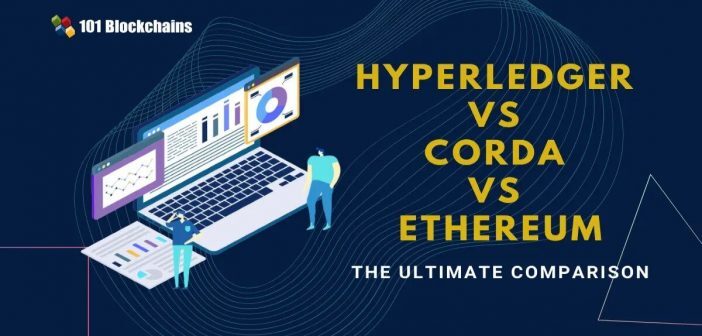
- Comparisons
Diego Geroni
- on July 02, 2021
Hyperledger vs Corda vs Ethereum: The Ultimate Comparison
Hyperledger, Ethereum, and Corda are some of the popular blockchain platforms at the moment. Let’s take a moment and analyze the comparison of Hyperledger vs Corda vs Ethereum to see how each of these platforms perform.
While the three frameworks showcase the benefits and applications of distributed ledger technologies, they differ a great deal when it comes to vision as well as a possible field of application.
Hyperledger and Ethereum come with different concrete use cases, whereas Corda R3 derives most of its applications in the financial services industry. This brief analysis will try to demystify the three blockchain applications as they continue to take the various sectors by storm, given their diverse applications.
Hyperledger vs Corda vs Ethereum is a comparison that outlines the magnitude and proficiency of the distributed ledger technologies.
Excited to build your skill in Ethereum development by leveraging the ethers.js library? Enroll Now in Ethers.Js Blockchain Developer Course!
Hyperledger Vs Corda Vs Ethereum: Introduction to Enterprise Platforms
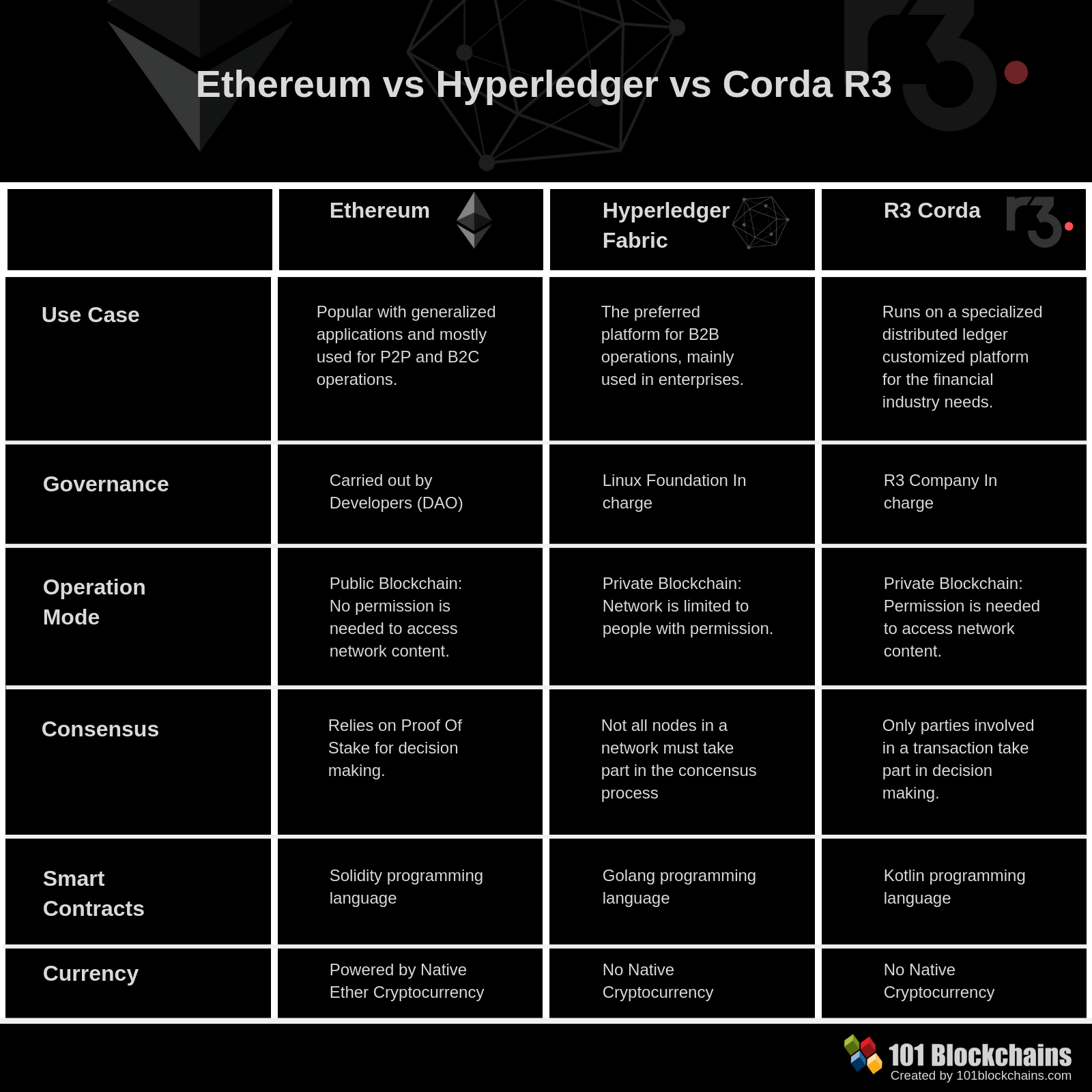
Please include attribution to 101blockchains.com with this graphic. <a href='https://101blockchains.com/blockchain-infographics/'> <img src='https://101blockchains.com/wp-content/uploads/2018/08/hyperledger_vs_corda_r3_vs_ethereum.png' alt='Hyperledger vs Ethereum vs Corda R3='0' /> </a>
What is Ethereum?
Before demystifying what stands out in the Hyperledger vs. Ethereum battle of supremacy, it would be better to try and understand what the three distributed ledger technologies stand for.
A brainchild of Vitalik Buterin, Ethereum is an open software application based on blockchain technology that seeks to provide a framework for developers to come up with decentralized applications. Ethereum blockchain runs the programming code upon which decentralized applications are created’.
A decentralized application is a special type of application that runs on a peer-to-peer network rather than a single computer, as is the case with many applications. In addition, they are a unique set of software applications designed to exist on the internet and not controlled by a single entity.
Ethereum boasts of the second-largest market cap in the cryptocurrency world, which explains its edge in the Hyperledger vs. Ethereum battle. The blockchain project continues to elicit strong interest from investors in part because of its application in powering decentralized applications.
Ethereum seeks to empower humans to come up with secure digital agreements as well as have full control of their money while harnessing the full benefits of cryptography. The blockchain project should change the way people build things in the future as well as communicate and execute various functions and tasks online. Enterprise Ethereum is another variation of this platform that focuses on enterprise solutions. Anyhow, let’s check out more of the platforms in this Hyperledger vs Corda vs Ethereum guide.
Curious about the Ethereum Technology ? Enroll now: The Complete Ethereum Technology Course
Benefits of Ethereum Platform
Blockchain applications built on top of Ethereum blockchain offer the following synergies
- Immutability: No one can make changes to data inserted in Ethereum blockchain applications such as decentralized applications.
- Tamper Proof: Apps on the Ethereum network are formed on the principle of consensus, which makes censorship impossible.
- Security: There is no central point that calls the shots. Applications built on top of Ethereum blockchain are well protected’ against hacking or other fraudulent activities
- Zero Downtime: Apps can never experience downtime online as any central server does not host them
Build your identity as a certified blockchain expert with 101 Blockchains’ Blockchain Certifications designed to provide enhanced career prospects.
What is Hyperledger?
Before delving into Hyperledger vs. Ethereum battle, it would be wise first to have a basic idea of what Hyperledger blockchain is all about.
Contrary to perception, Hyperledger is neither a company nor a cryptocurrency nor a blockchain. Instead, it is an open-source hub, which seeks to support industrial blockchain development. One can think of it as an blockchain open-source collective effort initiated to accelerate the development of cross-industry blockchain technologies.
Hyperledger is to integrate independent open protocols and standards for user-specific modules. The project’s team has made it clear that they won’t build a native cryptocurrency for the project. The project began accepting proposals for incubation as well as other technologies and core elements in 2016.
Rather than endorsing one blockchain standard, the Linux Foundation encourages a more collaborative approach for developing blockchain technologies as part of Hyperledger.
Hyperledger Fabric 2.0 project is simply an establishment for the creation of blockchain disseminated record applications. Just like other blockchain technologies, it comes with a ledger and uses smart contracts allowing it to act as a system in which people can manage transactions.
The announcement of the production ledger, Hyperledger Fabric, in July of 2017 marked a significant milestone as one of the most critical Hyperledger projects.
Hyperledger Fabric also comes with multiple pluggable options. For instance, it allows ledger data to be stored in multiple formats. The creation of channels also allows participants to create a separate ledger of transactions.
In addition to Fabric, Hyperledger Indy, Sawtooth, And Iroha, and Burrow are other Hyperledger most high-profile projects. Let’s take a look at both Hyperledger and Ethereum in this Hyperledger vs Corda vs Ethereum comparison guide.
Want to learn the basic and advanced concepts of Blockchain and Hyperledger Fabric? Enroll Now: Getting Started with Hyperledger Fabric Course
Hyperledger vs. Ethereum
Purpose of The Platforms
Hyperledger vs. Ethereum debate becomes much clearer when one takes a closer look at the two projects’ intent. Ethereum seeks to make it easy for developers to come up with smart contracts for performing various tasks. Hyperledger, on the other hand, is an open-source collaborative project leveraging blockchain technology to support multiple implementations of components.
Ethereum blockchain works with generalized protocol allowing everything to run on the network. Hyperledger, on its part, acts as a software whereby people can develop personalized blockchains for tending to various needs.
Confidentiality Level
Hyperledger vs. Ethereum won’t be complete without first scrutinizing the confidentiality levels of the two projects. Hyperledger takes privacy and confidentiality to another level as only people involved in a given project can access data in a network.
Hyperledger Fabric thus gives businesses and individuals the flexibility to make transactions visible to only a select subgroup by using encryption keys.
Ethereum, on the other hand, is a transparent blockchain project whereby every transaction or details of a project are kept’ in the public domain for everyone to see in a network. All transactions carried out on an Ethereum blockchain are visible for everyone to see.
Peer Participation
Ethereum can be both private and public, whereby anyone can participate in the network at any given time. Hyperledger, on its part, comes with a predefined community of participants, allowed access to a network. What this means is that one requires permission, which can come in the form of encryption keys to access data in the network.
Hyperledger Sawtooth is the only project that you can use in both private and public solutions.
Consensus Mechanism
Ethereum being a transparent blockchain project essentially means everyone in the project takes part in decision making. For a transaction to be complete in the network, all people in the blockchain must reach a consensus, irrespective of a node being part of the transaction.
Ethereum achieves consensus by means of the Proof of Stake algorithm whereby all nodes must agree, and all of them must have access to entries recorded.
Hyperledger comes with a different type of consensus whereby nodes are allowed’ to choose between no consensus algorithms needed and an agreement protocol. In this case, two or more parties can agree and have a significant influence on the outcome. For example, Hyperledger Fabric is using PBFT. Read more about the different consensus algorithms here.
Programming Language
Another critical difference in the Hyperledger vs. Ethereum battle of supremacy comes down to the programming language used by the two frameworks.
Ethereum smart contracts rely on a high-level oriented programming language dubbed Solidity. Hyperledger, on its part, relies on ‘chaincode’, which is a synonym for intelligent contract and handles business logic agreed by members in the network. The chain codes are written in a programming language developed by Google called Golang.
Cryptocurrencies
The Linux Foundation has already made clear, and it is not open to the idea of developing a cryptocurrency to power the network, hence no requirement for mining. The lack of a native currency also allows for a scalable consensus algorithm whereby the network can process at high transaction rates.
Ether digital currency, on the other hand, powers the Ethereum blockchain used to finance transactions on the network.
Get familiar with the terms related to cryptocurrency with Cryptocurrency Flashcards
Comparison Table of Hyperledger vs Ethereum
Hyperledger vs. Ethereum: Bottom Line
Ethereum is a unique blockchain project for people who wish to come up with decentralized applications as well as smart contracts for performing various tasks. It is thus a generic platform for any kind of application. However, the project continues to struggle with issues of scalability and privacy given the underlying permission less mode of operation.
Hyperledger, on the other hand, is an ideal project for organizations and enterprises who wish to avoid scalability and privacy issues in the blockchain space. The permissioned mode of operation essentially brings about high levels of privacy due to fine-grained access control.
What is Corda?
Hyperledger vs. Corda is another battle that is taking shape, given that both projects are making good use of blockchain technology in trying to revolutionize various industries.
Corda blockchain is an open-source platform that enables easy management of legal contracts and other shared data between mutually trusting organizations. The platform makes it possible for a diverse range of applications to interoperate on a single network.
A brainchild of R3, a distributed database company, Corda began as a platform for enabling services in the financial sector. Upgrades and evolution of the platform have seen its capabilities and functions become of great importance in various industries.
However, the platform continues to make a name for itself in the financial sector in part because it captures the benefits of blockchain systems. When it comes to application in the financial industry, Corda has the edge over Hyperledger in the Hyperledger vs. Corda debate
Corda is mostly geared’ towards handling complex transactions in addition to restricting access to highly sensitive data. Anyhow, let’s check out more of the platform in this Hyperledger vs Corda vs Ethereum guide.
Corda Use Case
To better understand Hyperledger vs. Corda R3, it would be essential to note the latter’s use case.
Corda’s main aim is to provide people with a platform with common services while ensuring that any service built on top is compatible with network participants.
Corda seeks to eradicate a good number of issues that stifle transactions between businesses by making it possible for businesses to transact via smart contracts.
Corda use cases also adheres to the highest privacy and security standards, which explains why it continues to gain a foothold in the financial industry. In an era where the need to protect people’s data is vital, the use of blockchain solutions such as Corda continues to grow in prominence.
R3, the company behind, Corda platform, has already unveiled, Corda Enterprise a commercial distribution version of Corda that meets all the demands of modern-day businesses when it comes to transactions.
In addition to making it easy for businesses to complete transactions, the commercial distribution platform also comes with unique features such as corporate firewalls as well as features for 24/7 support. Users can also take advantage of predictable release schedules as well as product management features.
R3 Corda Basics
To understand how Hyperledger vs. Corda differ, it would be essential to understand Corda’s basics.
Programming language
When it comes to a programming language, it would be important to note that Hyperledger vs. Corda differs a great deal. While Hyperledger relies on Google’s Golang language, the Corda platform relies on Kotlin, a programming language that targets JavaScript and JVM. By using Kotlin, Corda enjoys a high level of integration as any other programming paradigm. You can learn more about the programing aspect using a good Corda tutorial and following the steps properly.
Architecture
Corda architecture is one that seeks to create a global logical ledger in which all economic actors can interact and manage agreements.
The architecture includes three major visions:
Only actors with legitimate interests can access records in a Corda platform
Behavior of agreements managed by the system is described’ by a computer code, that enables legitimacy.
For widespread adoption in various industries, portions of the system are to be made open source.
Key Features of Corda
- Corda prevents any unnecessary sharing of data on the blockchain as only people with legitimate needs and access have access to a network.
- Corda platform enables the sharing of data in a network without the need for a central controller.
- Consensus is achieved’ at the level of individuals transacting, rather than the entire system at large
- Corda’s design comes with regulatory and supervisory observer nodes.
- Corda blockchain platforms support a wide variety of consensus mechanism.
- Built on industry-standard tools
- Does not have a native currency.
Governance
When it comes to blockchain for government, Corda envisions itself as a permissioned blockchain that gives control of governance to R3.
Smart Contract Support
Smart contracts in the Corda platform are essentially agreements whose execution is carried by computer codes working with human input. The smart contracts link business logic and business data to an associated legal process, with the aim of ensuring that financial agreements are rooted firmly in law.
The Corda platform also executes business logic through smart contract code constructed as a pure function for accepting or rejecting transactions.
Consensus
Corda comes with two types of consensus:
Transaction validity. In this case, parties must reach certainty by first checking all associated contract code and come with all the required signatures.
Transaction Uniqueness. Parties must reach certainty that a transaction in question is a unique consumer of all input stated. This process involves verifying no other transaction consumes any of the agreed states.
Cryptocurrency
Corda does not come with any native currency like Ethereum.
Hyperledger vs. Ethereum vs. Corda: The Differences
Use Cases
The three distributed ledger technologies differ a great deal when it comes to using the case as well as vision. Corda derives most of its use cases from the financial service industry, whereas Hyperledger Fabric seeks to provide a modular, extendable architecture in various industries. Ethereum, on the other hand, casts itself independent of any specific field of application.
Peer Participation
Two modes of operation are evident when it comes to participation consensus in the three digital ledger technologies. In case anyone is allowed’ access to data or anything in the network, then peer participation, in this case, is envisioned as permission-less. This mode is true with the Ethereum blockchain.
However, if participants in a network are chosen in advance, then the node is permissioned, which is the case with Corda and Hyperledger.
Consensus
When it comes to a consensus, Ethereum differs from the other two. In an Ethereum blockchain, all participants in a network must reach an agreement for a transaction to go through, irrespective of whether a participant is part of the transaction or not.
When it comes to Fabric and Corda, the consensus is more refined in that not all nodes in a network must take part in the consensus process.
Built-In Currency
Ethereum is the only one among the emerging digital ledger technologies that come with a native cryptocurrency ether.
Fabric and Corda, on the other hand, don’t need a cryptocurrency since the consensus is not reached via mining. However, Fabric Hyperledger has a provision of coming up with an underlying token with Chaincode. R3 has, however, downplayed the suggestion that it could come up with a native currency for the Corda platform.
Start learning Blockchain with World’s first Blockchain Skill Paths with quality resources tailored by industry experts Now!
Bottom Line
Hyperledger vs. Corda vs. Ethereum is a comparison that should continue to gather pace with the evolution of blockchain technology as well as the emergence of new applications for emerging technology. However, it is important to note that the three digital ledger technologies differ a great deal, especially on vision and use case.




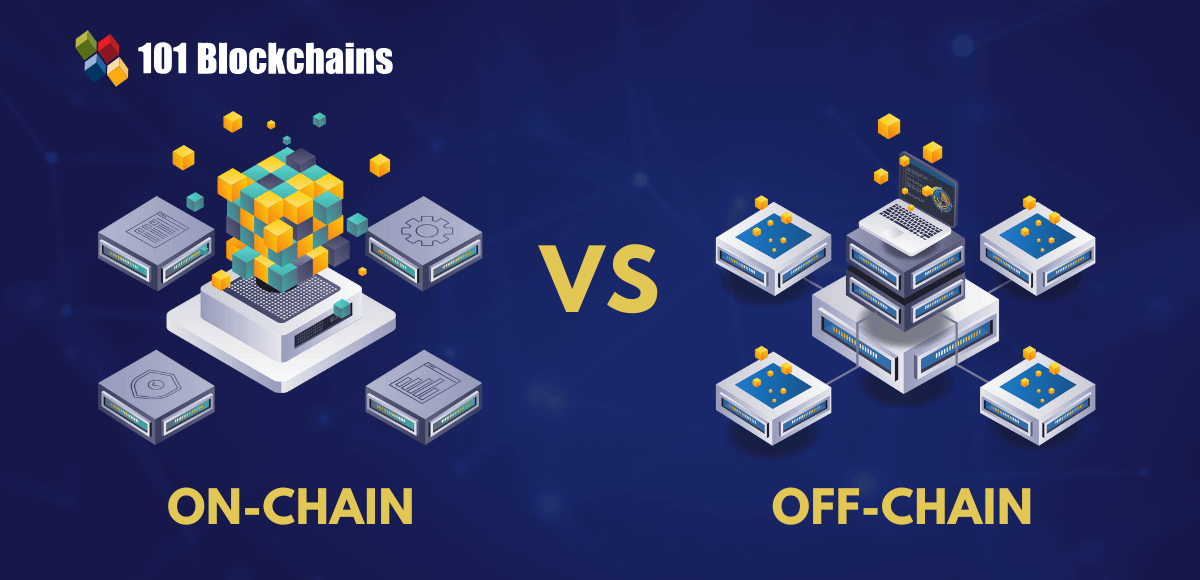
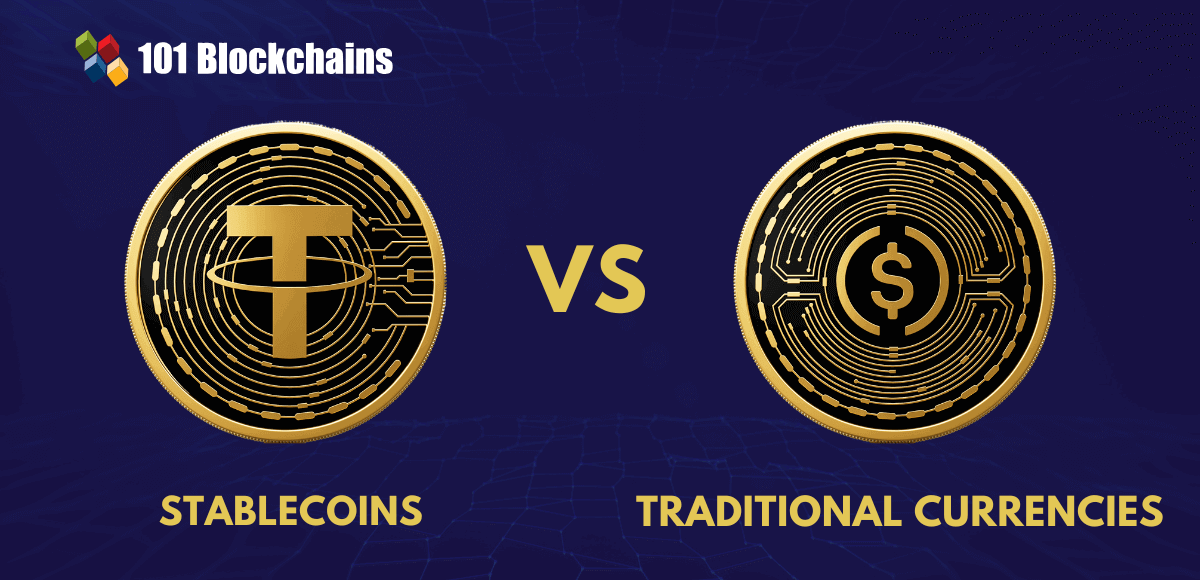
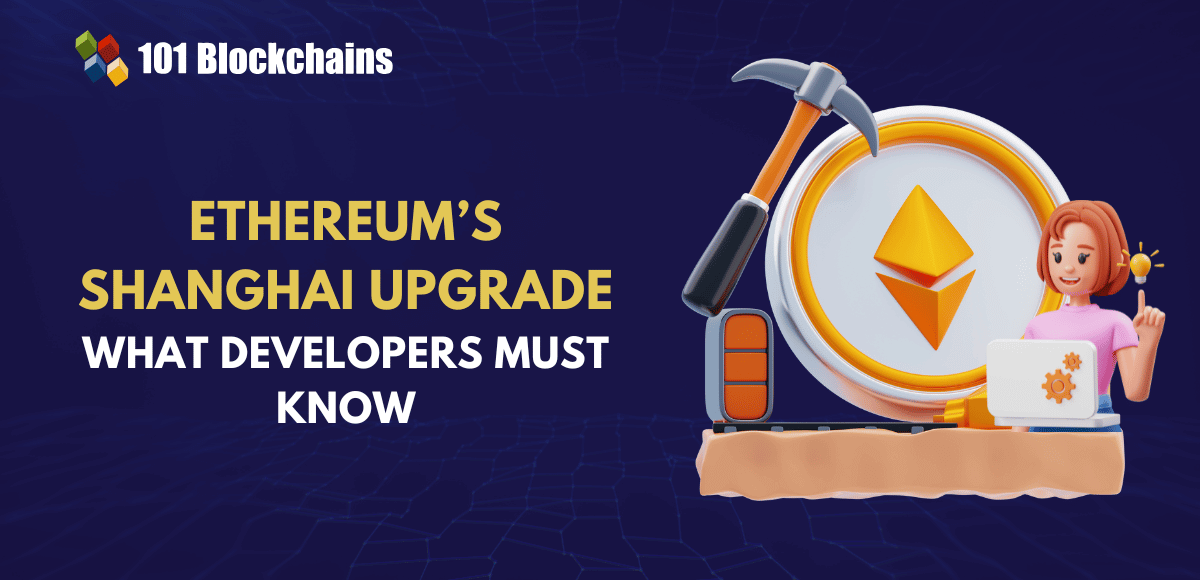
6 Comments
Excellent Analysis.very useful for blockchain developers & enthusiasts.
Superb article… Gives crystal clear about the BlockChain technologies.
Very good analysis. Very informative for blockchain developers wishing to get into the space.
My understanding is that one can use Java and thus Kotlin and perhaps any JVM language to code Fabric.
Very well written and simple to understand. Thanks for the effort.
Well written, concise and clear. An excellent article that we found useful